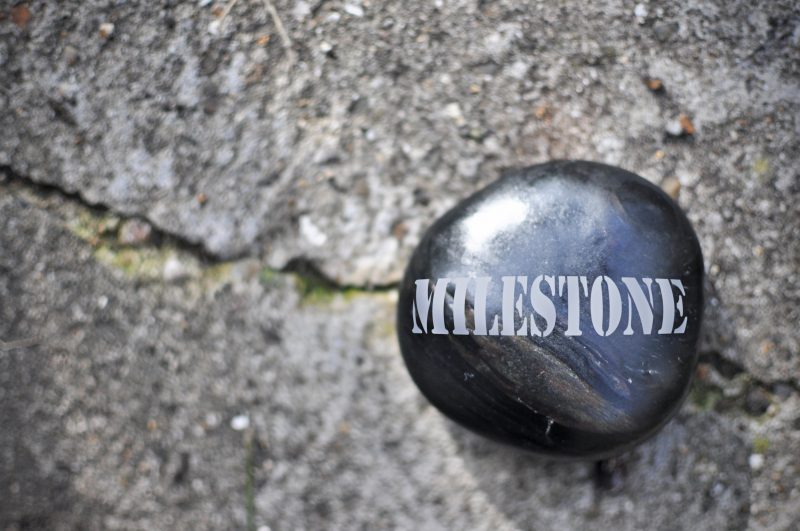Milestone satellites are about to take the world by storm. While a version of these satellites, called “cashout satellites” has been popular in Europe for a few years, they are only now getting a foothold in America. This November and December, the “American version” will be back at The Wynn for the WPT Championship in Las Vegas.
What is a milestone satellite and how do they work?
In a milestone satellite, players don’t earn their seat by surviving, like a typical satellite tournament. To win a seat, the player must accumulate chips and reach a specific number, known as the “milestone”. Once you reach the milestone, your chips are taken out of play, and you get your seat. Let’s look at an example to make it easy.
Let’s assume the buy-in is $1,100 and the satellite pays one in ten players a seat to a $10,000 event. Each player starts with 30,000 chips.
Since the tournament pays one in ten, the milestone is ten times the starting stack. So when a player reaches 300,000 chips, those chips are taken out of play and the player gets their seat. This continues until all the seats are awarded and no players remain.

What happens if there are extra chips?
This is where the American version differs from the way they do things overseas. In some tournaments in Europe, the extra chips are added to the next pot as a bomb pot. Exciting, but frustrating for players who get involved in those huge pots and this style can offer a lot of variance, something typical satellite players in the states don’t usually like.
In another style, the extra chips are left in front of the player, who gets their seat, but can keep playing with the extra chips. This allows the player to win multiple seats and gives players a reason to try to accumulate a big stack and win huge pots, but it can take time and be frustrating to other players who just want to get a seat and would rather see players go home if they have already won their seat. It also means that the house must allow players to sell seats, which some poker rooms are loathe to do.
The way The Wynn and the WPT are running their milestone satellites, and likely the way they will be run in the future, the extra chips are taken out of play. This does leave a shortage, which means that there is a bit of an old-school satellite feel right at the end when there is one more player left than there are seats. The next player busted in that case will get the extra money in the prize pool and the rest win seats.
Why are milestone satellites better?
The most important reason is that the milestone style prevents collusion and stalling, the two biggest problems with satellites. There are situations where collusion is possible, but it will be a much smaller problem and not advantageous enough for groups of players to play satellites where they can work together.
The stalling problem will be almost completely eliminated, though it is possible for there to be specific spots in large fields where players may stall at the end. Those spots would have to be handled with the standard hand-for-hand approach, and wouldn’t last nearly as long as the end of a normal satellite.
Is this good for players or for the house?
Both actually. It’s certainly good for the house if these events finish faster. Less hours to pay dealers and floor staff, less time spent worrying about collusion, and since the rake does not appear to be any lower in these events, more money earned per hour.
This style is also great for players. A tournament that ends up with a crap shoot at the end, and takes twice as long with every hand running painstakingly long, is no fun for anyone. And for winning players, getting the same result in half the time will double their hourly rate.
Haven’t things like this been tried before?
There have been attempts, and in fact they have generally been improvements versus the old system. Matt Savage has run his “reverse shootout” satellites in the LAPC in the past and players seem to like them, but having a redraw so late in the tournament can be frustrating. Busting out on the bubble because you got stuck with the big blind in the redraw is a tough way to end a tournament after playing all day. Allen Kessler also proposed a mystery bounty satellite approach, but so far there have been no takers on his offer to help set up and run these events.
Is there a way to cheat in milestone satellites?
Nothing has been found so far. The possibilities that exist in every poker tournament, like stealing chips (or bringing your own) are still possible, but there does appear to be anything unique to this structure that would make cheating easier. In fact, it seems tougher than most other ways of running satellites.
Who invented milestone satellites?
The concept has been around long enough, and in different places, that there is no clear answer to this question. The WPT and The Wynn are responsible for giving them a start in America, but the idea has been in use in Europe for quite some time. It’s possible the events started in Poland or the UK.


